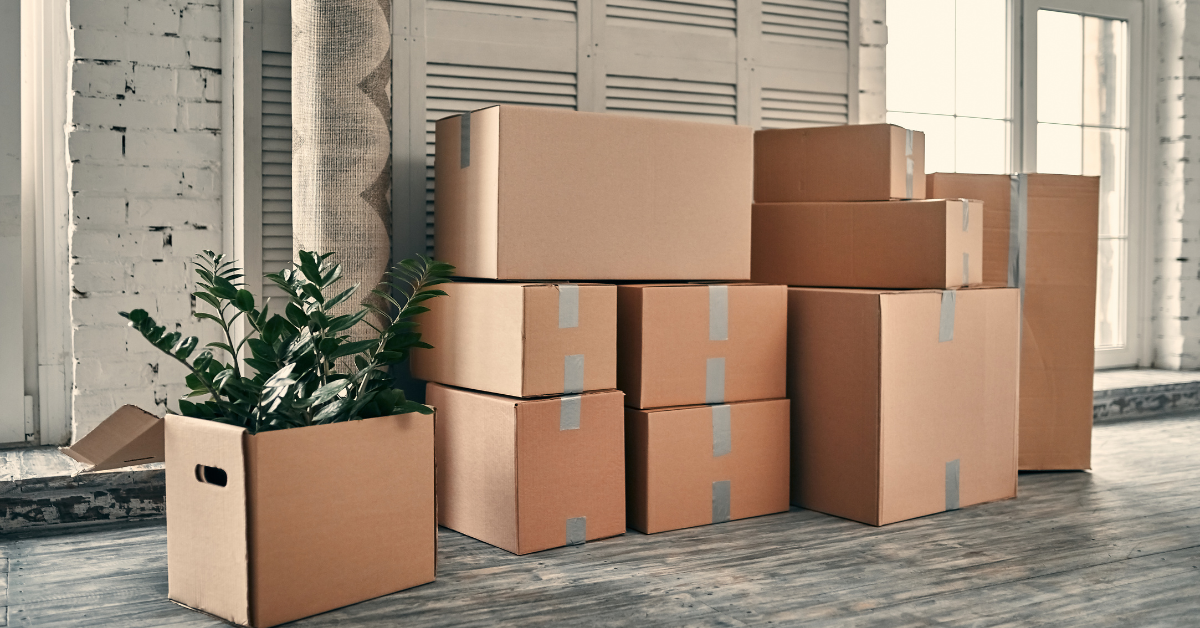When planning a move, one of the most crucial steps is calculating the volume of your belongings in cubic meters. This measurement helps you determine the right size of the vehicle needed for transport and ensures you don’t under or overestimate your space requirements whether you’re relocating within Sydney or moving to a new area, understanding how to accurately calculate cubic meters for removals that can save you time, money, and stress.
Understanding Cubic Meters
Cubic meters (m³) are a standard unit of measurement for volume. It represents the space an object occupies and is particularly useful in the context of removals because it allows you to quantify the amount of space your furniture, boxes, and other belongings will take up in a moving truck.
To calculate the cubic meters of an item, you need to measure its dimensions—length, width, and height—and then apply the formula: Cubic Meters = Length (m) × Width (m) × Height (m)
Step-by-Step Guide to Calculate Cubic Meters
- Gather Your Tools: Get the tools you’ll need before you start counting. A ruler, a notebook or digital device to take notes, and a calculator are the things you’ll need.
- Measure Each Item: For each piece of furniture or box, measure the length, width, and height in meters. If an item is irregularly shaped, break it down into smaller rectangular sections, calculate the cubic meters for each section, and then sum them up.
- Record the Measurements: Make sure you write down the sizes of each thing in a logical order. You could make a simple table to keep track of the sizes and the cubic meter estimates that go with them.
- Calculate Total Volume: Once you have the cubic meters for each item, sum them up to get the total volume. This total will give you a clearer picture of the overall space you need for your move.
- Factor in Additional Space: It’s essential to consider additional space for cushioning materials (like bubble wrap or blankets), as well as the gaps between items in the truck. A good rule of thumb is to add about 10% to your total cubic meters to account for these factors.
Local Considerations in Sydney
Moving to Sydney comes with its unique set of challenges, particularly due to the city’s diverse neighbourhoods, traffic conditions, and access limitations. Here are some local considerations to keep in mind when calculating your cubic meters for removals:
1. Access to Properties
Sydney has a mix of high-rise apartments, older homes, and modern developments. Depending on where you live, access to your property can vary significantly. For example, if you live in an apartment, consider the lift size and any stairs involved. This can influence how many trips may be needed, as well as the amount of time required for loading and unloading.
2. Traffic Conditions
Sydney’s traffic can be unpredictable, especially during peak hours. This might affect the time frame for your move, which is an important consideration when calculating cubic meters. If you anticipate needing extra time due to traffic, factor that into your planning and potentially increase the cubic meters to allow for more trips.
3. Local Regulations
Certain areas in Sydney may have specific regulations regarding parking and loading zones. Make sure to check if you need permits for your moving truck and ensure there is ample space for it to park while loading and unloading. This can affect how you plan your cubic meter calculations, as additional trips may be required if parking is not readily available.
4. Seasonal Factors
Consider the time of year when planning your move. Sydney experiences varying weather conditions that can impact your moving process. During the warmer months, ensure your items are protected from heat and humidity, which might mean extra packing materials that need to be accounted for in your cubic meter calculations.
Tools and Resources
Utilising available tools can make the process of calculating cubic meters more manageable:
- Online Calculators: Many websites offer cubic meter calculators specifically designed for removals. These tools allow you to input your dimensions and automatically calculate the volume.
- Mobile Apps: You can get a number of apps that can help you measure and do math. Some of them even let you take pictures of your things and figure out how much they weigh right from the pictures.
- Professional Services: If you’re unsure about measuring or calculating the cubic meters yourself, consider hiring a local moving service that offers consultations. They can provide estimates based on their experience and ensure you have an accurate understanding of your needs.
Conclusion
Calculating cubic meters accurately is a vital step in the moving process, particularly in a bustling city like Sydney. By following the steps outlined above, considering local factors, and utilising available tools, you can ensure that your move is efficient and well-organized. Understanding your volume needs will help you plan better, avoid unnecessary expenses, and make your relocation as smooth as possible.
Keep an eye for more latest news & updates on Forbeszine!



